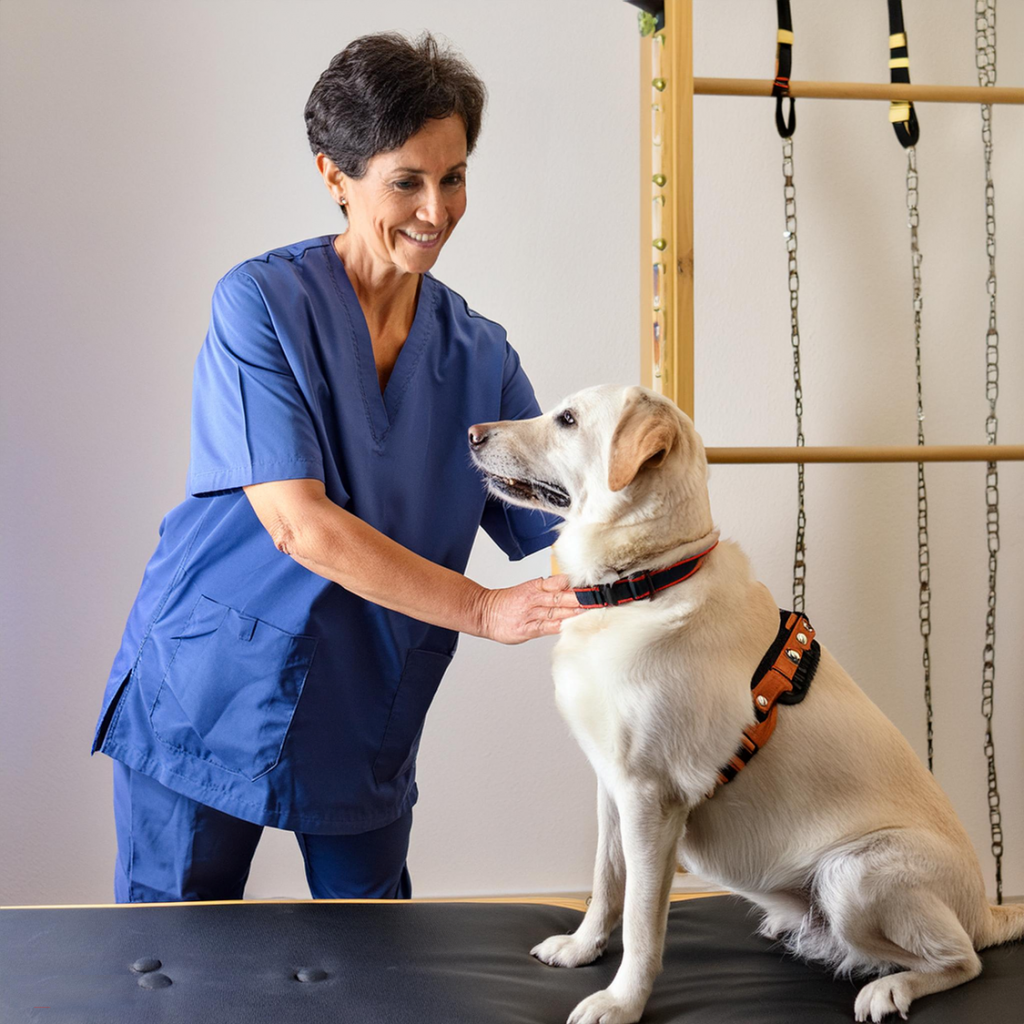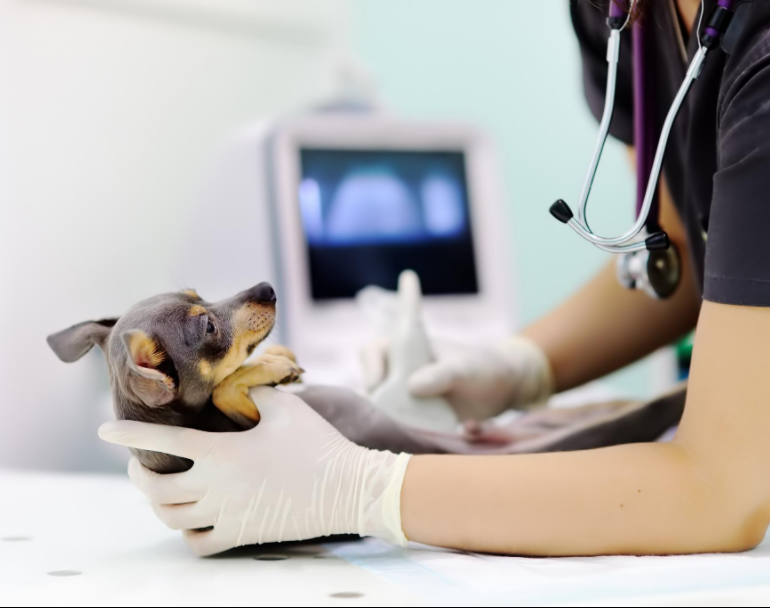Have you ever stopped to think about your posture? Humans spend a lot of time focusing on outward appearance, but proper posture goes beyond aesthetics. It’s the foundation for efficient movement, plays a crucial role in preventing injuries, and can even impact our overall well-being. This concept extends beyond humans as well – good posture is equally important for our furry companions. Today, we’ll delve into the world of posture assessment in physiotherapy, exploring its significance for both humans and animals.
What is Posture and Why Does it Matter?
Let’s start with the basics. Posture refers to the biomechanical alignment of our body segments at rest or during movement. Physiotherapists assess posture as it provides valuable insight into the body’s mechanics and potential underlying issues. Good posture ensures optimal joint alignment, facilitates balanced weight distribution, and promotes efficient muscle function. Conversely, poor posture can lead to pain, muscle imbalances, decreased mobility, and even affect our internal organs.
Factors Affecting Posture: A Universal Challenge
Several factors can influence posture in both humans and animals. Age is a significant one. As we (and our pets) age, our muscles weaken, flexibility declines, and our bodies become less efficient at maintaining proper alignment. Pain is another major player, with injuries and chronic conditions like arthritis causing us to subconsciously alter our posture to avoid discomfort. Weakness can also affect posture, leading to imbalances that contribute to slouching or other postural deviations.
Interestingly, even emotions play a role. Stress and anxiety can manifest in physical ways, causing us to tense up and adopt a hunched posture. This is something many pet owners can observe in their animals as well. A scared dog might crouch with a tucked tail, while a confident pup might hold its head high and stand tall.
The Goals of Physiotherapy: Restoring Movement, Correcting Dysfunction
Physiotherapy aims to improve movement patterns and overall function through manual therapy, exercise programs, and other interventions. Posture assessment is a crucial part of this process. By analyzing posture, physiotherapists can identify areas of weakness, imbalance, or dysfunction. This information forms the basis for a treatment plan tailored to address specific postural issues and restore a more optimal body alignment.
Case Study: Hip Dysplasia and Postural Dysfunction in Dogs
Let’s look at a specific example: hip dysplasia, a common condition in dogs. This condition causes abnormal development of the hip joint, leading to pain, lameness, and difficulty moving. Dogs with hip dysplasia often exhibit postural changes as a way to compensate for the pain and instability in their hips. They might stand with their weight shifted more on their front legs, have a lower back, or display a bunny-hopping gait.
A physiotherapist can assess these postural changes and tailor an intervention plan to address them. This might involve strengthening exercises for the core and hind legs, manual therapy techniques to improve joint mobility, and pain management strategies. By addressing postural dysfunction caused by hip dysplasia, physiotherapy can significantly improve a dog’s comfort, mobility, and overall well-being.
Measuring Postural Control: Putting Science Behind the Assessment
While visual assessment is an essential tool, objective measurement techniques can provide even more detailed information about posture. One such technique is posturography, which uses a specialized platform to record a person or animal’s center of pressure (COP) during quiet standing. Shifts in COP can indicate postural instability or imbalances.
This information is invaluable for physiotherapists, as it allows them to track progress over time and adjust treatment plans accordingly. While posturography is not yet as widely used in veterinary physiotherapy as it is in human physiotherapy, it shows promise as a valuable tool for assessing and treating postural dysfunction in animals.
Existing Research on Canine Posture: A Growing Field
The field of canine posture research is constantly evolving. Studies have explored the impact of various factors on canine posture, including breed differences, specific conditions like neurological disorders, and the influence of training methods. For example, research suggests that certain breeds are predisposed to specific postural abnormalities. Additionally, some training methods might inadvertently encourage poor posture in dogs.
Understanding the relationship between these factors and canine posture is crucial for developing effective physiotherapy interventions and promoting overall well-being in our furry friends.
Posture vs. Conformation in Dogs: Understanding the Difference
It’s important to differentiate between posture and conformation when discussing dogs. Conformation refers to the breed-specific physical characteristics of a dog. While certain breeds may have naturally different body structures, posture reflects how the dog holds its body within those breed-specific parameters. For example, a Bulldog will naturally have a shorter spine and a lower center of gravity compared to a Greyhound. However, within the breed standard, both dogs can exhibit good or poor posture.
Breed variations and spinal malformations can certainly affect a dog’s ability to maintain optimal posture. However, physiotherapy can play a crucial role in helping dogs achieve a more balanced and functional alignment, regardless of their breed conformation. Physiotherapy techniques like targeted muscle strengthening, stretching exercises, and pain management can address weaknesses and imbalances that contribute to poor posture. Additionally, physiotherapy can help manage the effects of spinal malformations, improving a dog’s comfort and mobility.
Drawing Parallels: Human vs. Canine Postural Dysfunction
While the specifics may differ, the underlying principles of postural dysfunction are similar in humans and animals. In both cases, poor posture can lead to pain, stiffness, decreased mobility, and even affect long-term health. Physiotherapy plays a vital role in addressing these issues for both species.
Intervention Strategy: Addressing Abnormal Posture in Physiotherapy
During a physiotherapy assessment, a therapist will evaluate a dog’s posture in a static position and while moving. This evaluation will consider factors like weight distribution, muscle tone, joint alignment, and any noticeable gait abnormalities. Based on this assessment, the therapist will develop a treatment plan to address postural dysfunction. This plan might include:
- Manual therapy: Techniques like massage and joint mobilization to improve flexibility and range of motion.
- Strengthening exercises: To target specific muscle groups and improve core stability.
- Balance and proprioception training: Exercises to enhance a dog’s awareness of their body position and improve balance.
- Pain management: Techniques like modalities (ultrasound, laser therapy) or pain medication to address discomfort that might be contributing to postural changes.
Conclusion: The Importance of Good Posture for All
Posture assessment plays a crucial role in physiotherapy for both humans and animals. By understanding the factors affecting posture and the consequences of postural dysfunction, physiotherapists can develop effective treatment plans to restore optimal alignment, improve mobility, and enhance overall well-being.
In the realm of veterinary medicine, comprehensive patient care extends beyond just surgery or treatment. That’s where VetMo comes in. VetMo not only ensures precise and tailored anesthesia administration but also supports holistic patient care. By integrating posture assessment into its suite of features, VetMo enables veterinarians to monitor and address postural changes in their patients, both pre- and post-operatively. Through data-driven insights and personalized care, VetMo empowers veterinarians to optimize patient outcomes and enhance the quality of veterinary anesthesia management.
So, the next time you see your dog standing a little off-kilter, remember – good posture is just as important for our furry companions as it is for us!
Reference: Posture and postural dysfunction in dogs: Implications for veterinary physiotherapy-The Veterinary Journal
Volume 305, June 2024, 106107



